Hypernatremia
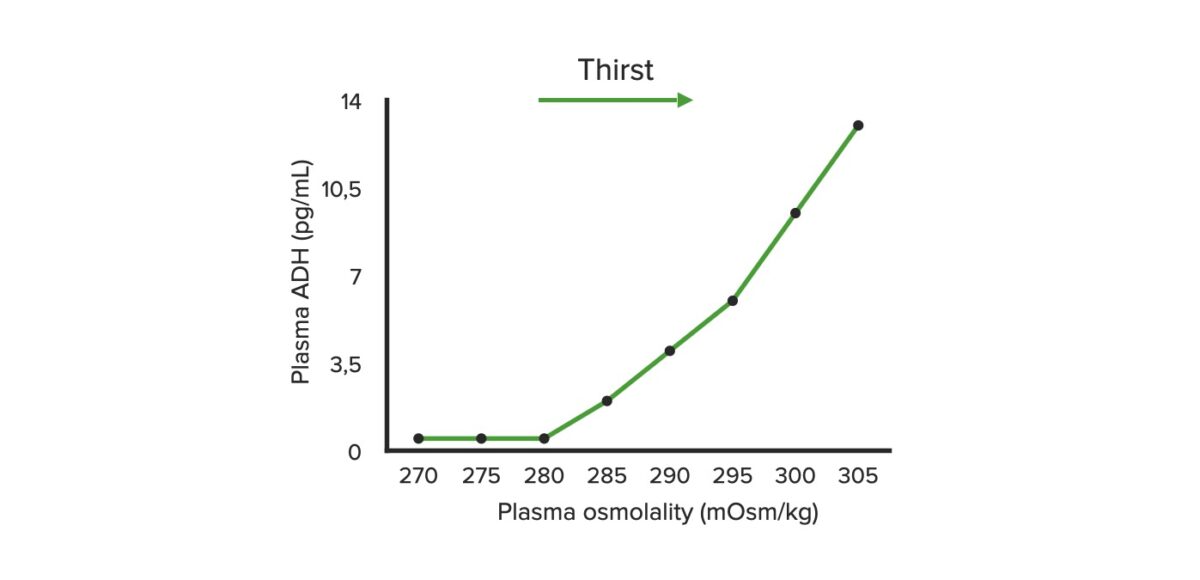
Water Regulation Water regulation is controlled by the interplay between the osmoreceptors in the hypothalamus and the response to antidiuretic hormone (ADH) in the kidneys, resulting in very tight control of serum sodium and plasma osmolality. Hypothalamic osmoreceptors Detect changes in water balance as a result of changes in plasma osmolality: ↑ Water intake causes […]
Autosomal dominant polycystic kidney disease (ADPKD)
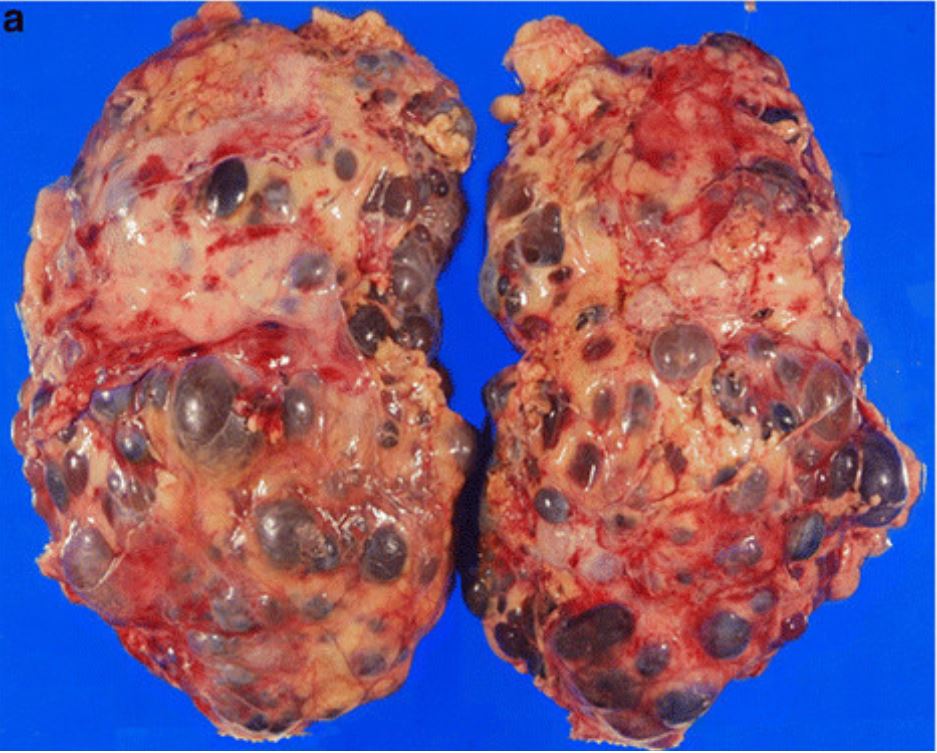
Epidemiology and Etiology Epidemiology Polycystic kidney disease (PKD) affects about 500,000 people in the United States. One of the 2 main types of PKD is autosomal dominant polycystic kidney disease (ADPKD). Etiology Clinical Presentation The age of symptom onset is variable, but typically in adulthood. Patients with PKD1 mutation present with symptoms earlier than patients […]
Autosomal Recessive Polycystic Kidney Disease (ARPKD)
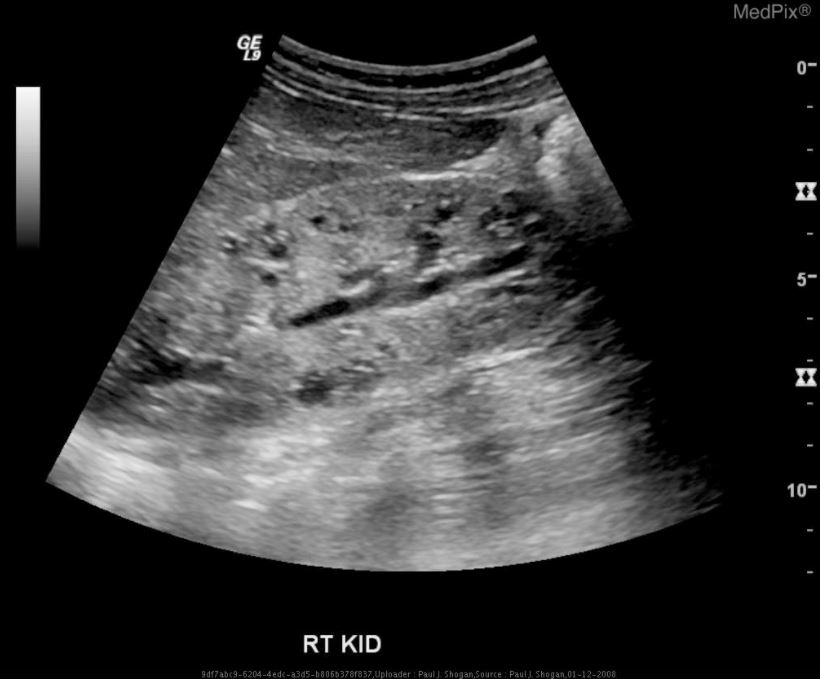
Epidemiology and Etiology Epidemiology Polycystic kidney disease (PKD) affects about 500,000 people in the United States. Autosomal recessive polycystic kidney disease (ARPKD) (formerly known as infantile PKD), is 1 of the 2 main types of PKD. Etiology Clinical Presentation General manifestations Manifestations vary by age and affect the following: Antenatal and neonatal Infancy and childhood […]
Urinary Tract Infections (UTIs)

Overview Definition Urinary tract infection (UTI) is a pathogenic process that develops when a microorganism (usually bacteria) enters the body through the urethra and travels to the bladder and/or kidneys. Epidemiology Prevalence: Asymptomatic bacteriuria (bacteria in the urine): 1%–5% of non-pregnant, premenopausal women 1.5%–9.8% of pregnant women 2.8%–8.6% of postmenopausal women Uncomplicated cystitis: Up to […]
Nephrolithiasis
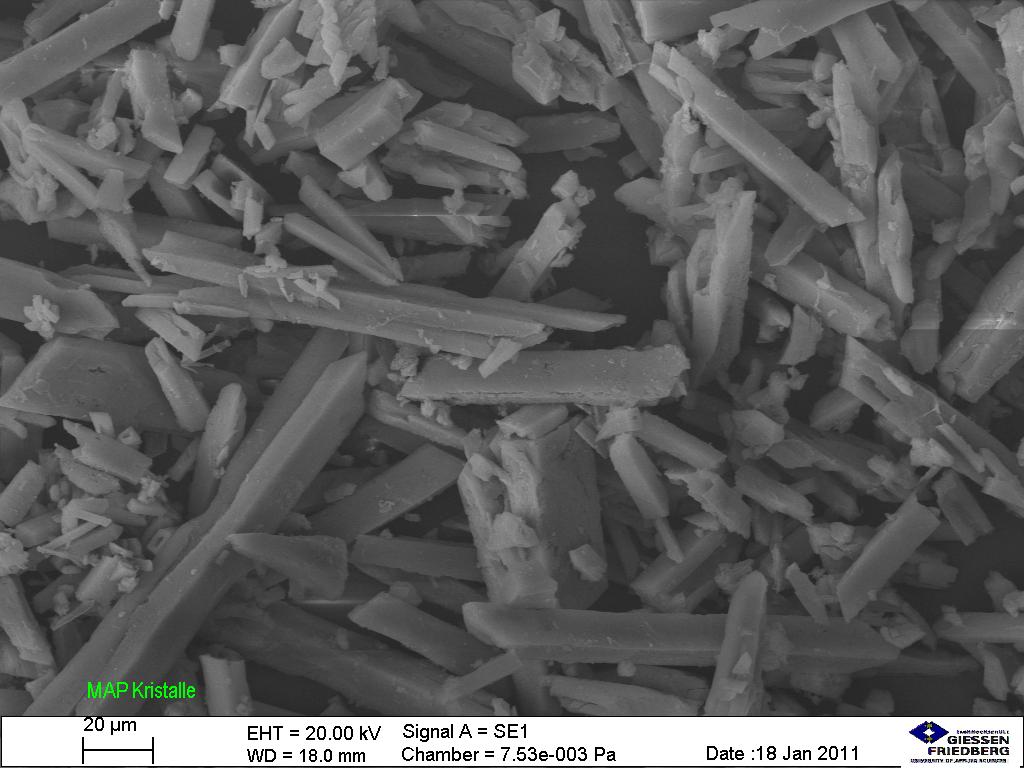
Overview Definition Nephrolithiasis (also known as kidney stones, urolithiasis, or urinary calculi) is the formation of stones anywhere along the urinary tract. Classification There are 5 main types of kidney stones: Epidemiology Etiology Normally soluble material supersaturates the urine and crystal formation begins. Risk factors: Pathophysiology Calcium oxalate stones Uric acid stones Struvite stones Calcium […]
Renal Sodium and Water Regulation
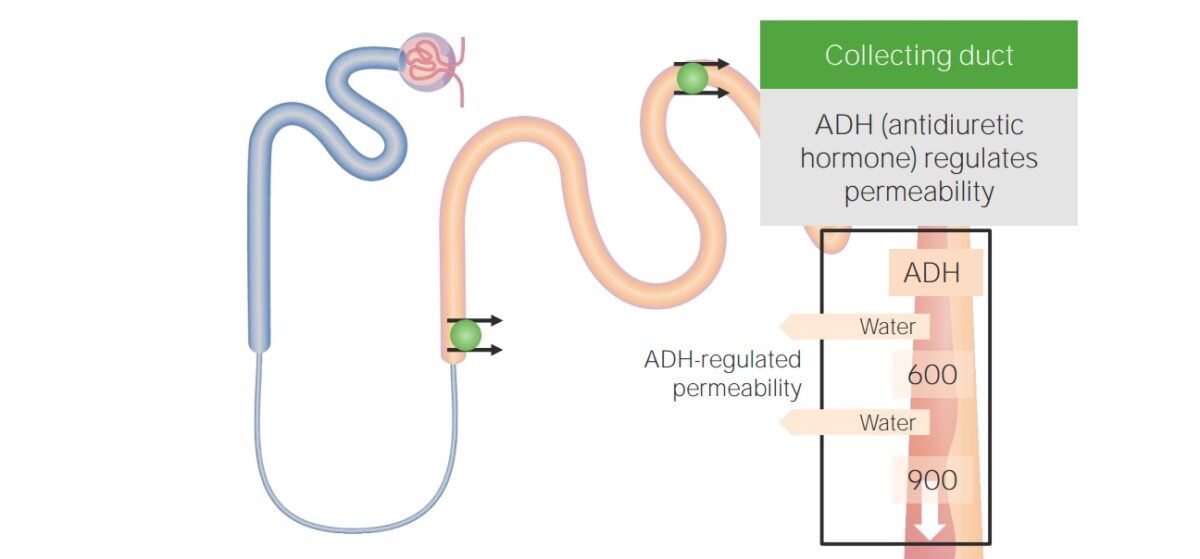
Background Concepts Fluid compartments To understand renal sodium and water regulation, it is important to understand how water is normally distributed in the body. Total body water (TBW): Intracellular fluid (ICF): Extracellular fluid (ECF): Osmolality Plasma osmolality refers to the combined concentration of all solutes in the blood. Tonicity Plasma tonicity refers to the concentration […]
Hyperkalemia
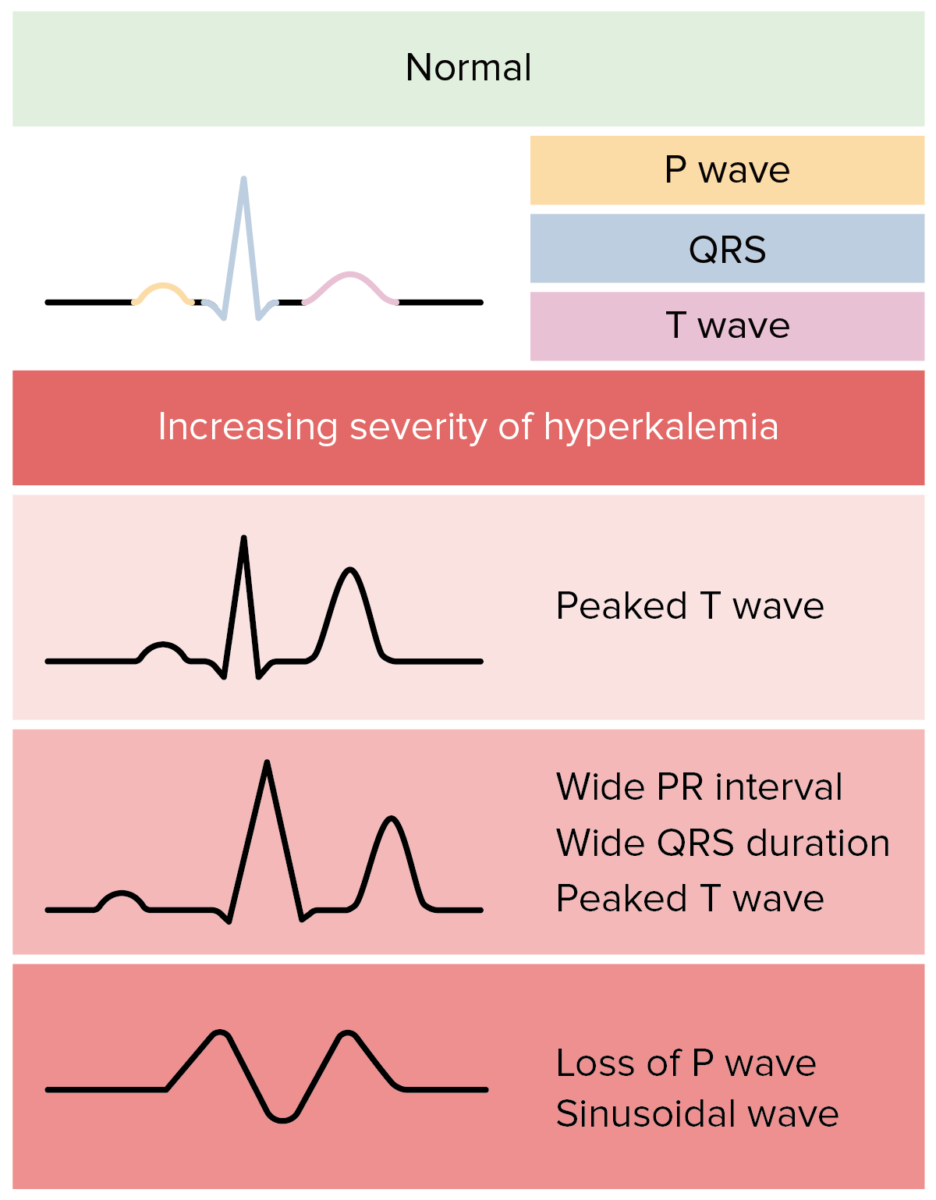
Overview General considerations K+ is the main intracellular cation in all cells and is distributed unevenly between the intracellular fluid (98%) and extracellular fluid (2%). Sites of action in the kidney Normal response to ingested K+ A normal Western diet contains approximately 70–150 mmol of K+ per day. This diet is unlikely to lead to […]
Renal Potassium Regulation
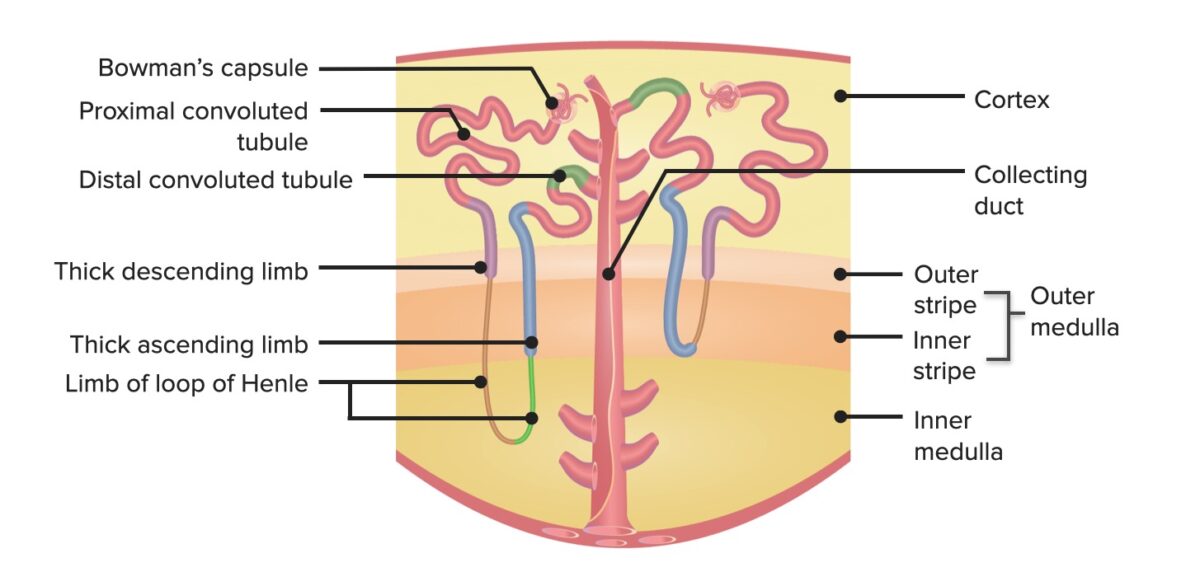
Overview Introduction Potassium distribution: Mechanisms of K+ balance: Renal processes to regulate water, electrolytes, and waste Nephron anatomy review Nephrons are the functional units of the kidney. Nephron segments (in order through which the filtrate flows): Types of nephrons: Potassium Regulation in the Glomerulus, Proximal Tubule, and Loop of Henle Glomerulus Proximal tubule Cells of […]
Peritoneal Dialysis and Hemodialysis
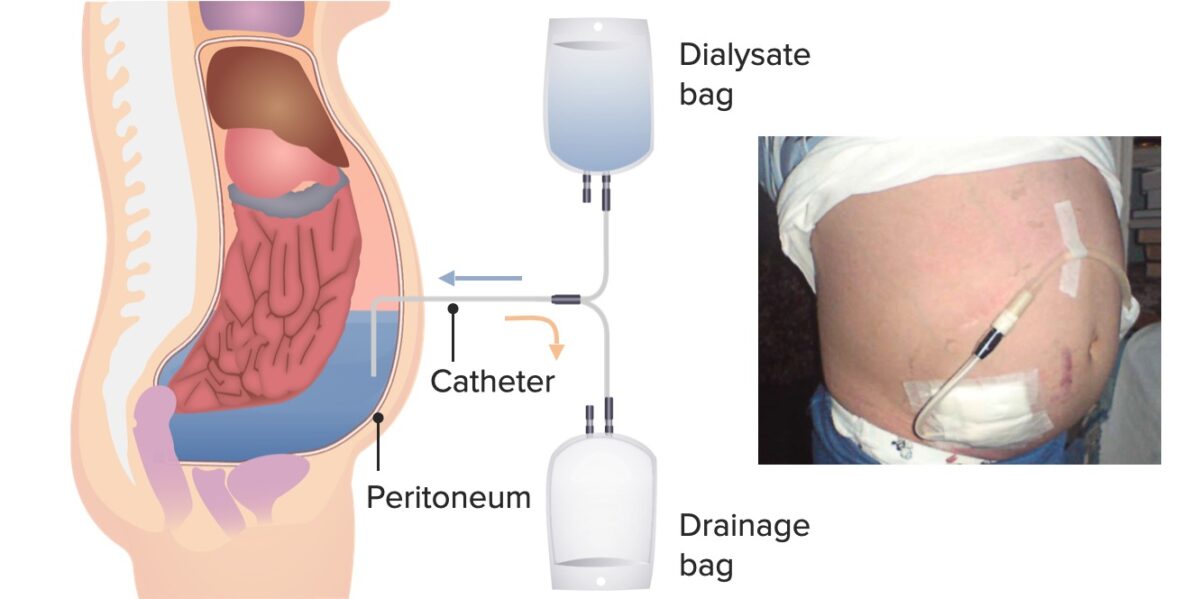
Overview Definition Dialysis is a form of renal replacement therapy (RRT) that is used to perform the blood-filtering role of the kidneys when the kidneys are not functioning. The conditions generally include: AKI CKD Types: Hemodialysis Peritoneal dialysis Indications for dialysis in acute kidney injury Acute kidney injury is sometimes so severe that dialysis is […]
IgA Nephropathy
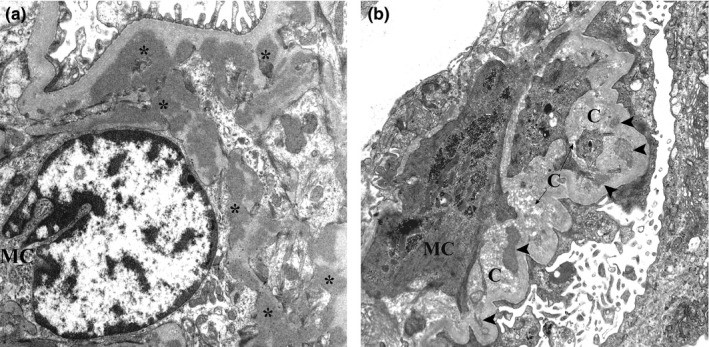
Overview Definition IgA nephropathy (Berger’s disease) is a renal disease characterized by IgA deposition in the mesangium, causing glomerular inflammation (glomerulonephritis (GN)). Epidemiology Etiology Pathophysiology Clinical Presentation IgA nephropathy presents with recurrent gross hematuria or asymptomatic microscopic hematuria as the most common manifestations. Recurrent hematuria Microscopic hematuria Rare manifestations Diagnosis The diagnosis is usually based […]